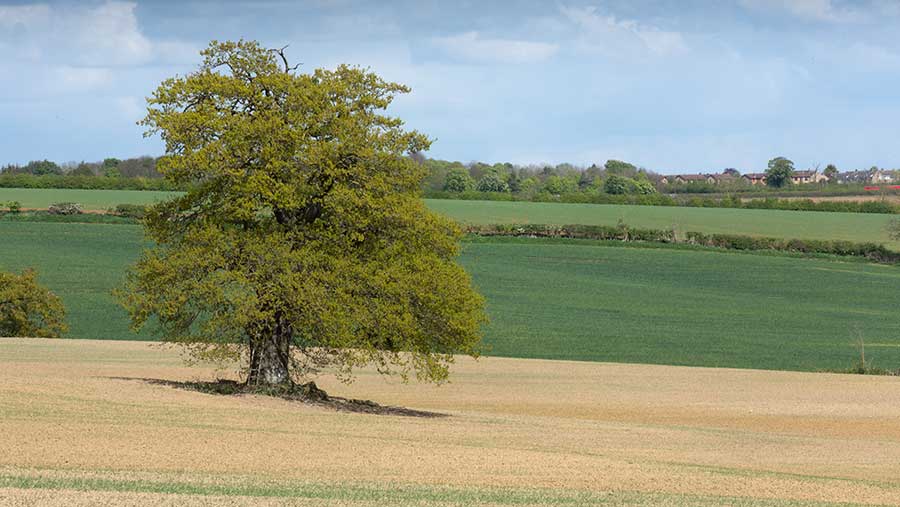UK arable and horticulture area down 3% in 2022
 © Tim Scrivener
© Tim Scrivener The area of agricultural land used for arable and horticultural crops in the UK has fallen by 3%, new Defra figures show.
In a snapshot of the overall land use and crop areas in England, Wales, Scotland and Northern Ireland, this new set of data estimates that the croppable area reduced to 6m ha in 2022.
It means that just over a third of the utilised agricultural area (UAA) in the UK was used for growing cereals, oilseed, potatoes, other arable crops and horticultural crops in that year, also including uncropped arable land and temporary grass.
See also: Government must give clarity on ELM scheme say lords
At 1.7%, a decrease in the acreage of cereal crops grown was the main reason for the contraction in croppable area.
The oilseed area rose by 13%, mostly in winter oilseed rape, to 398,000ha.
Potatoes and horticultural crops saw the largest proportional decreases in areas under production and accounted for 5% of the total croppable area.
At first glance, the total UAA decreasing by 2.2%, to just over 16.8m ha is a cause for concern in the industry, but Defra puts this fall down almost entirely to a large reduction in area of grassland reported in Scotland resulting from a change in data source to the Single Application Form (SAF).
Wheat production saw a steady rise, by 1% to just over 1.8m ha, and land under winter-sown barley by 6.9% to 433,000ha, but spring-sown barley fell by 9.9% to 671,000ha.
Less maize was grown, down 2.4% to 222,000ha, while peas for harvesting dry saw a 6.1% contraction and there was a 4.9% cut in other stockfeeding crops grown.
Access to seasonal labour could have been a contributory factor to the 5.8% cut in acreage of horticultural crops grown – to 152,000ha; for vegetables and salad grown for human consumption, there was a 4.9% reduction in total land area under crop.
